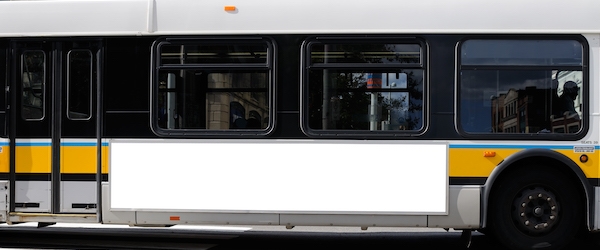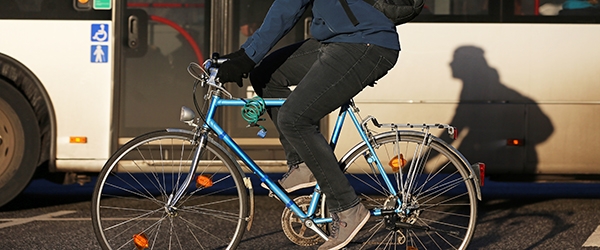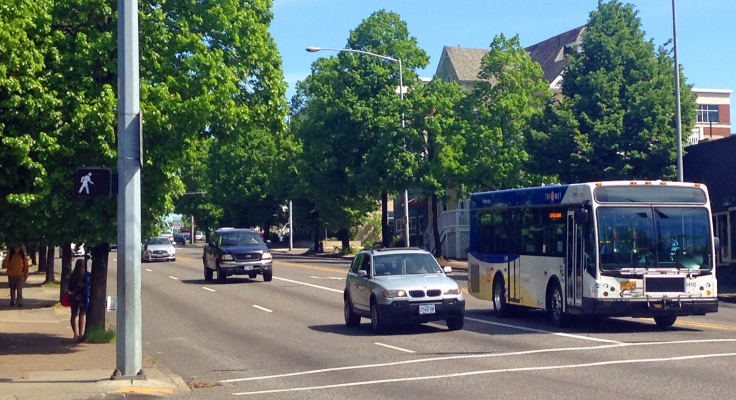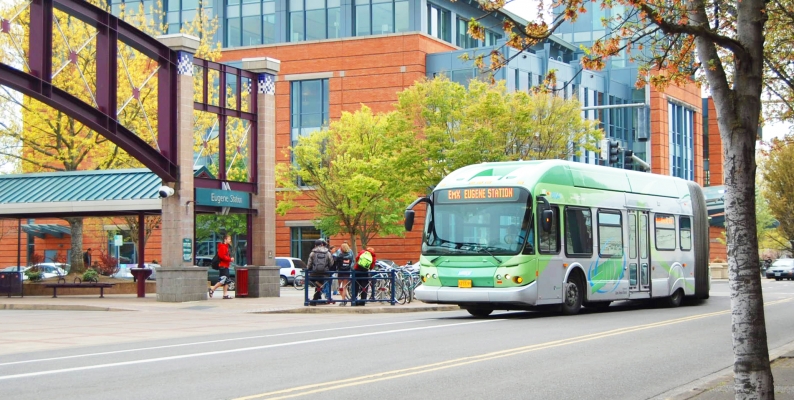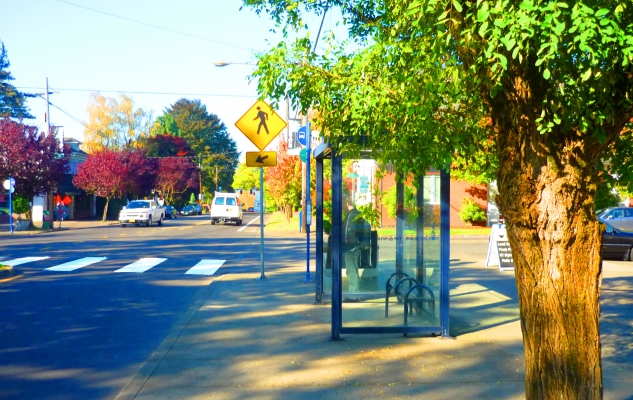Researchers Aaron Golub, John MacArthur and Sangwan Lee of Portland State University, Anne Brown of the University of Oregon, and Candace Brakewood and Abubakr Ziedan of the University of Tennessee, Knoxville have published a new journal article in the September 2022 volume of Transportation Research: Interdisciplinary Perspectives.
Rapidly-evolving payment technologies have motivated public transit agencies in the United States to adopt new fare payment systems, including mobile ticketing applications. The article, "Equity and exclusion issues in cashless fare payment systems for public transportation," explores the challenges facing transit riders in the U.S. who lack access to bank accounts or smartphones, and potential solutions to ensure that a transition to cashless transit fares does not exclude riders. Learn more about the project and read an open-access version of the final report.
The study asks: who is most at risk of being excluded by the transition to new fare payment systems and how would riders pay transit fares if cash payment options were reduced or eliminated? Researchers answer these questions using intercept surveys of 2,303 transit riders in Portland-Gresham, OR, Eugene, OR, and Denver, CO.
The...
Read more

